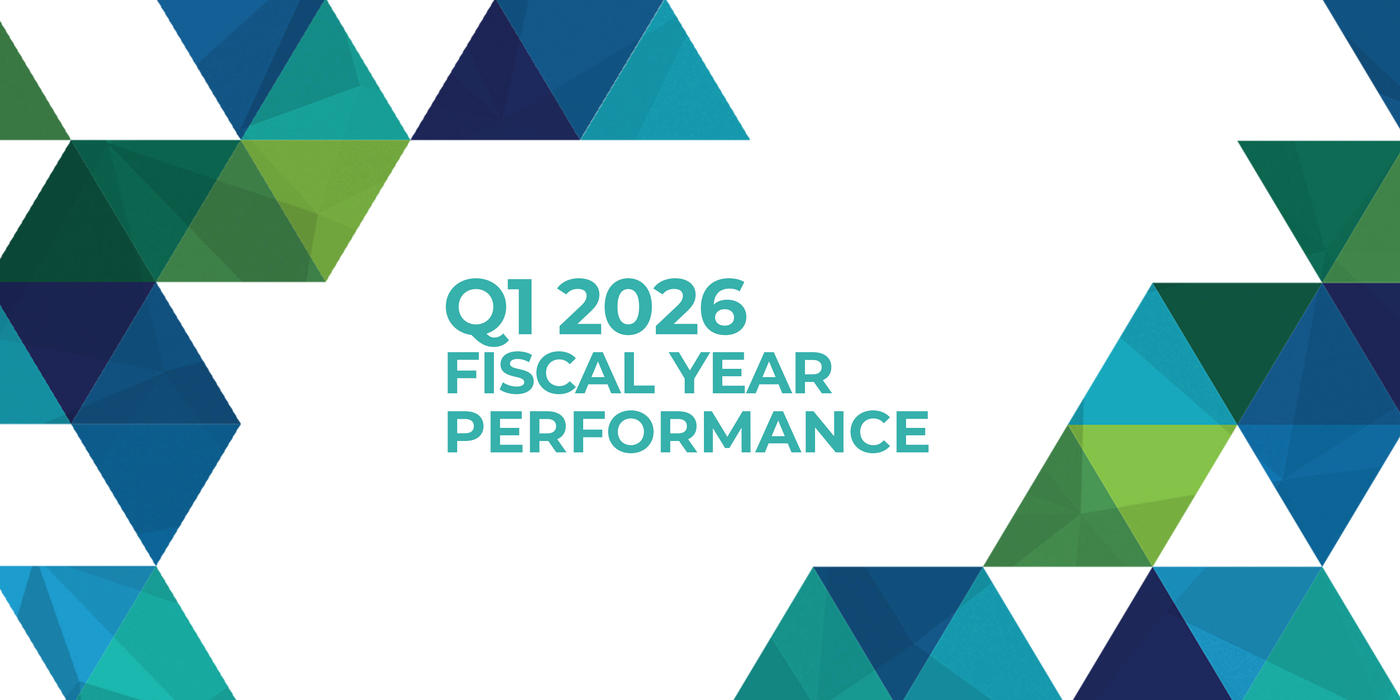Walden University’s community of care and approach to inclusive teaching and learning expands on the history of diversity initiatives in higher education.
From the Walden authors of Advancing DEI and Creating Inclusive Environments in the Online Space.
As we close out a joyous Celebrate Diversity Month at Walden, and spotlight Asian American and Pacific Islander Heritage Month, we do so against a national backdrop of increasing anti-diversity initiatives in higher education. For the past year, the Chronicle of Higher Education has been tracking legislation that would prohibit colleges and universities from funding diversity, equity, and inclusion initiatives on campuses. The rhetoric recalls long-standing tropes of which groups have access to education and, by extension, which groups have access to increased social and economic mobility, quality healthcare, and full civil and political enfranchisement.
A Brief History of Diversity in Higher Education
In an overview of the history of postsecondary education in the United States, early efforts at expanding access were tied to the abolitionist movement and the struggle for civil rights. This was especially apparent during Reconstruction, when the Freedmen’s Bureau established schools and universities for formerly enslaved African Americans, and African American leaders like W.E.B. Du Bois advocated for access to education as a key component of social and political equality. As Jim Crow laws began to define access to citizenship regionally, arguments about educational access were part of these codes and informed funding decisions at the local, state, and federal levels. Both racial and linguistic exclusion have been challenged through cases regarding Spanish-speaking students in Mendez v. Westminster (1946), or Chinese-speaking students in Lau v. Nichols (1974). These kinds of legal and extralegal practices shaped which groups of students were included and excluded from higher education.
After WWII, President Harry Truman connected a civil rights platform to the American agenda, renewing and sharpening the call for greater inclusion of students from different racial and ethnic backgrounds. The Truman Commission, charged with identifying improvements to higher education, was perhaps the first in American history to link equity and postsecondary education. America was in need of a resilient and agile workforce, and higher education was reimagined to not only afford fundamental skills and knowledge, but to also enable equal access to quality education as part of the process of democracy."
Since then, educators have proposed new ways of incorporating the profound value of students’ cultural diversity. These approaches recognize that students from different racial, ethnic, and cultural backgrounds may have different learning styles and lived experiences, and institutions have adopted ways to promote greater understanding and respect for these differences.
Within the contemporary efforts to thwart this growth, critics argue that such approaches are divisive, while others contend that they represent a form of political correctness that limits free speech and academic freedom. However, including the identities and the intersection of those identities is critical to ensure that all students are given the opportunities to succeed and know they are valued in their learning environments. Understanding diverse perspectives and ways of being enriches the educational experience and prepares students to succeed in a globalized world.
Walden’s Approach to Inclusive Teaching and Learning
We had the honor of collaborating on the book Advancing DEI and Creating Inclusive Environments in the Online Space. In each of our 16 chapters, we explore Walden’s deep commitment to inclusive teaching and learning and how we embrace the multiple identities of each learner in our community of care.
In other words, our efforts to create a community of learners that centers and celebrates diversity is a uniting force—not a divisive one—and Walden embraces this approach to ensure broad access to quality online education.
The learner's experience is deeply enriched by our commitment to inclusive teaching and learning. From the first points of contact, learners work with enrollment specialists and student success advisors who are trained to ask positive questions about the strengths our students bring to Walden. Similarly, faculty receive training on how to provide timely and meaningful feedback to all students, and how to promote a community of care. Walden’s curriculum and faculty are informed by our award-winning inclusive teaching and learning model, which emphasizes a person-centered approach to mutual inquiry and exploration of individual perspectives and choices. Lastly, our courses are designed using a series of questions that ensure systemic biases are removed and that we explore, embrace, and affirm diverse voices.
Above all, Walden is committed to celebrating the diversity of our learners and colleagues, and to valuing the inherent worth, dignity, and humanity of all engaged in the learning process. We welcome you in our community of learners as powerful leaders of social change.
Walden University Advancing DEI and Creating Inclusive Environments in the Online Space Authors:
Sri Banerjee, Melanie Brown, Michelle Brown, Kristin Bundesen, Todd A. Dickson, Aimee Ferraro, Deborah Inman, Rebecca L. Jobe, D. Gabriela Johnson, Juli K. Konopa, Laura K. Lynn, Sara Makris, Tina Marshall-Bradley, Nina M. McCune, Kathleen Morrison, William C. Schulz, Katherine Strang, Sue Subocz, and Kristi A. Trapp
For more information, email the Adtalem Global Communications Team: adtalemmedia@adtalem.com.



